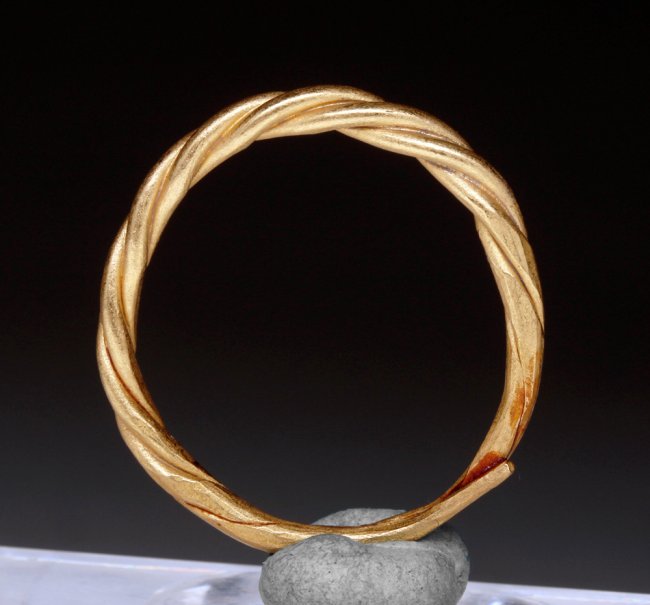Bookbinding: A Complete History
There is a striking parallel between the way books have developed over the past 2,000 years and the way in which furniture, decorative art and textiles have evolved over time.
“Books are companion items to art and furniture when viewed as part of the larger history of material culture,” said Monika Schiavo, Director of Waverly Rare Books in Falls Church, Virginia.
The codex book form – or a book containing multiple, stitched-together pages with handwritten content – dates back 2,000 years. However, it was not until European culture emerged from the Dark Ages and Gutenberg invented his printing press, in 1440, that bookbinding came into being.
Within a few decades of its invention, the printing press had spread to more than 200 cities in a dozen countries. By 1500, printing presses in Western Europe had already produced more than 20 million volumes.
In Renaissance Europe, with its flourishing art movement, the arrival of mechanical, movable-type printing had a profound effect on society. It introduced the era of mass communications to a blossoming culture that held aesthetics in high regard. Different styles of bookbinding began to emerge, reflecting regional preferences and implementing locally available materials.
The timeline for bookbinding looks like this:
16th Century: Birth of the Modern Book
Books became smaller and were easier to bind. Covers made of wood were replaced by pasteboards composed of layers of glued-together paper. Gold tooling became more prevalent, and titles were slowly making their way onto the spines of books.
17th Century: Refinement in Style
The structure of 17th-century books is very similar to that of the previous century, but the decoration and styling was more refined. Decorated endpapers became more common, endbands become more colorful, and the use of gold tooling increased.
18th Century: Elaboration and Simplicity
Overall, the binder became fancier, while the structure became simpler. With the availability of better technology, shortcuts could be taken during the binding process that saved money and increased production. Half and quarter bindings (combining leather with decorated paper sides) began to be used to save on the cost of leather.
Early 19th Century: The Era of Industrialization + Publishers in Control
The early 19th century was an era of transformation for bookbinding. With the increase in the demand for books, binders turned to mechanization to meet the challenge. Publishers also began to take control of the whole book-making process, from editing to printing to binding. Thus, books began to be sold with the covers already bound onto them. From a historical perspective, this makes it easier to date bindings from that period.
Late 19th Century: Publishers’ Cloth Bindings
As publishers took control over the entire book-making process, they began to view the cover as being integral to the whole. Cover designs could reflect the content, set the tone for the reader or attract the consumer. Cloth bindings were not readily accepted at first, but by the end of the 19th century, they were the norm.
19th and 20th Century: Fine Bindings – A Return to Craft Bindings or the Backlash Against the Machine
Not everyone was happy with the Industrial Revolution, including bookbinders, who regarded books as art rather than utilitarian objects. Although many bookbinders over the centuries practiced excellent craftsmanship, they thought of themselves as more than just craftsmen. Art books, private-press books, e.g., books from the Kelmscott Press, founded by William Morris, were a direct reaction to the industrialization of bookbinding. Morris looked back to an earlier age when crafts were done by hand.
Elbert Hubbard’s Roycrofters Press could be described as a more mass-market, American version of the Kelmscott Press, associated with the Arts and Crafts movement.
20th Century and Beyond: Bindings for the Masses
After the Industrial Revolution, books were being produced by the thousands. The 20th century brought refinements – both good and bad – to the machine-made book. Machine sewing became stronger, but adhesive binding slowly took over.
Machine-made paper has definitely improved over the last 50 years, but there are many brittle books from the late-19th and early 20th centuries that are slowly disintegrating, hence the need for vigilance in conservation and storage.
Our thanks for Michigan State University Libraries for providing some of the historical information contained in this article.


 Monika
Monika

















